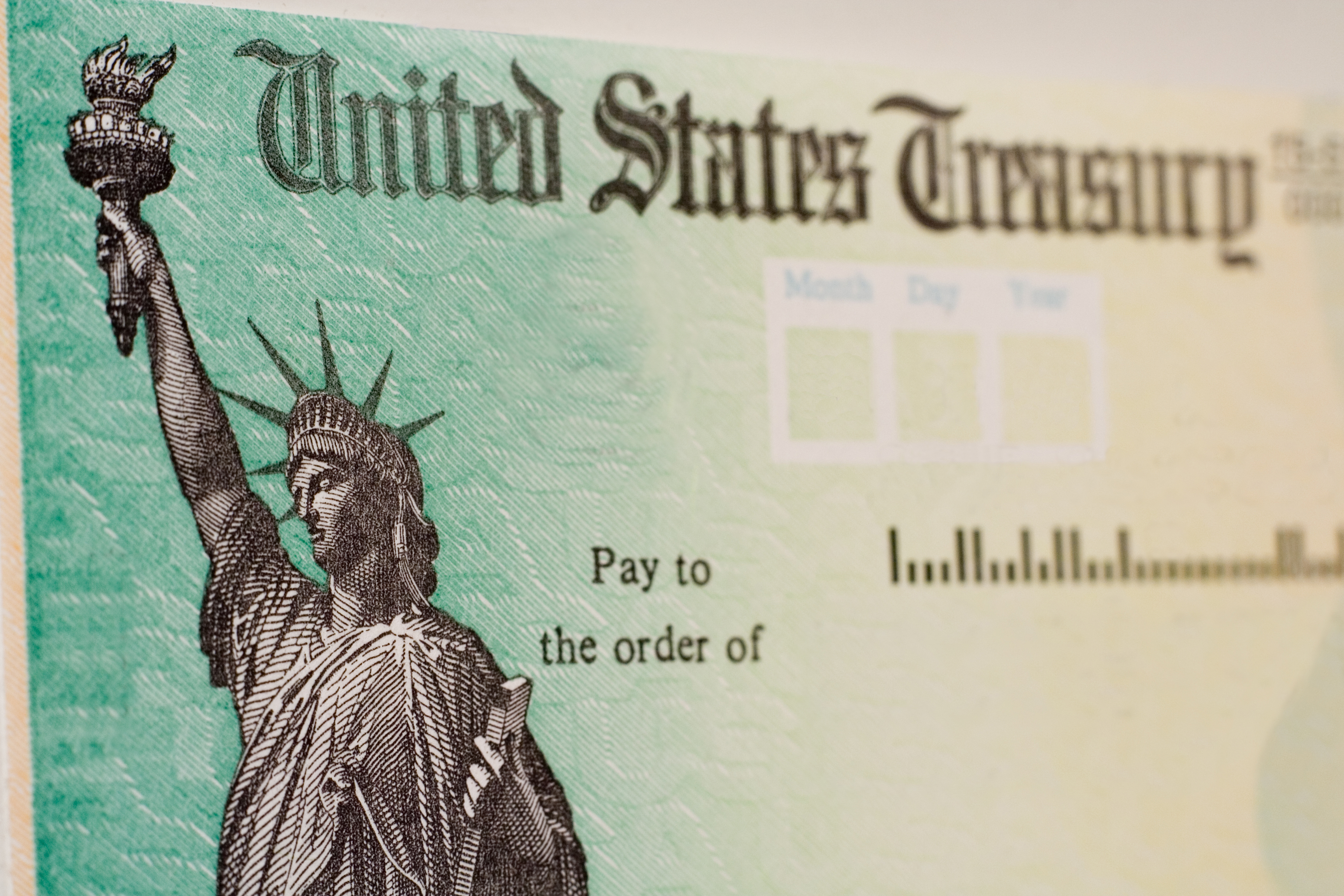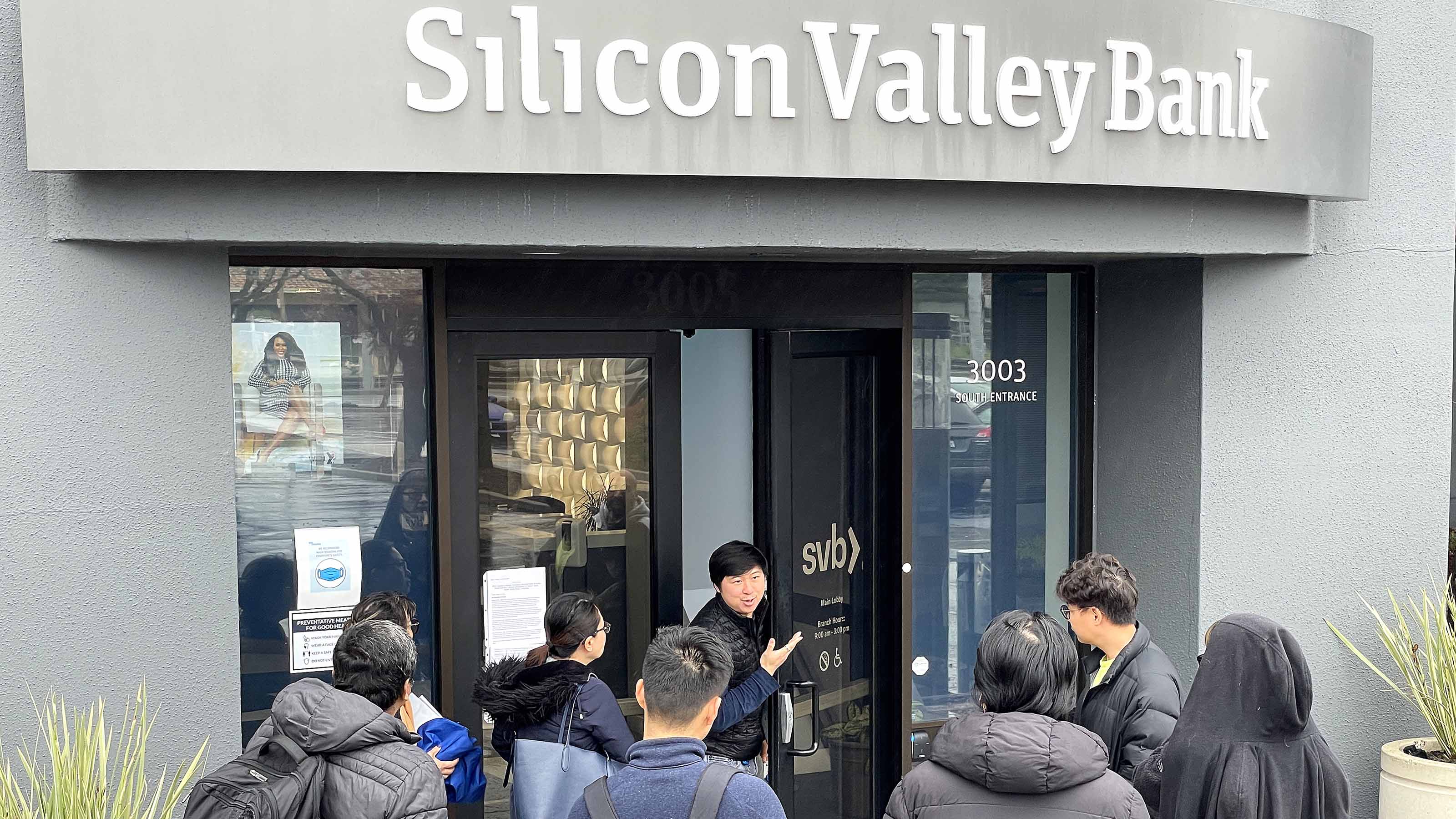Why You Don't Need TIPS Now
Rising prices aren't on the horizon, but these hedges will protect you against inflation in the long run.

Who said TIPS were dowdy? Treasury inflation-protected securities posted enviable, double-digit returns in 2011, outpacing the broader bond index and every major stock index. But don't expect a repeat performance in 2012. Says Mihir Worah, a fund manager at Pimco: "From here on, TIPS, like most other high-quality fixed-income categories, will be more often an insurance policy than a return generator."
Worah calls TIPS an insurance policy because they provide a hedge against rising prices for consumer goods and services -- in other words, inflation. They pay a guaranteed return above the rate of inflation and come with the backing of the full faith and credit of the U.S. government.
At a time of exceedingly modest economic growth and high unemployment, it's fair to ask how worried we should be about inflation. In the near term, not very. Although consumer prices rose 3.5% over the past year -- mainly because of rising commodity prices -- most analysts, and we at Kiplinger's, expect inflation to clock in at 2% in 2012. And that raises the question of whether there's any need now for TIPS and the insurance they provide. Read on to learn more about these bonds, how to incorporate them into your portfolio and whether this is a good time to buy.
From just $107.88 $24.99 for Kiplinger Personal Finance
Become a smarter, better informed investor. Subscribe from just $107.88 $24.99, plus get up to 4 Special Issues

Sign up for Kiplinger’s Free Newsletters
Profit and prosper with the best of expert advice on investing, taxes, retirement, personal finance and more - straight to your e-mail.
Profit and prosper with the best of expert advice - straight to your e-mail.
What are TIPS? TIPS are just what their name suggests: U.S. government bonds that move in step with the rate of inflation and pay a guaranteed rate of return on top. They are issued in maturities of five, ten and 30 years, in increments of $100. You can buy the bonds directly from Uncle Sam, or you can buy them through a broker. Moreover, you can invest in TIPS through mutual funds and exchange-traded funds (more about that later).
To buy the bonds directly from the Treasury, you have to do so when the government holds auctions. The Treasury's tentative 2012 auction schedule includes the sale of 30-year TIPS in mid February, ten-year TIPS in mid March and five-year TIPS in mid April. If you go through a broker, you can buy TIPS on the secondary market at any time.
How do TIPS work? TIPS track the consumer price index -- a measure of the average change in prices paid by urban dwellers over time for a basket of goods and services. As the index falls or rises, so does the face value, or principal, of TIPS. On top of that inflation-adjusted principal, TIPS also pay a fixed rate of interest, or coupon rate, every six months.
Here's an example: Say you paid $100 last July to purchase a ten-year bond, which was sold with a coupon rate of 0.625%. At the end of the first year, assuming a steady annual inflation rate of 3.5%, the value of your principal would be adjusted to $103.50. The Treasury would pay you interest based on the inflation-adjusted principal -- or 0.625% of $103.50 -- which means you'd receive 65 cents in interest at the end of the first year. Your $100 investment would have grown to $104.15.
What happens if consumer prices fall? If instead of inflation we experience deflation, then the principal value of the bond would be adjusted downward, and any interest payments would be made on the lowered value. When the bond matures, however, the Treasury would pay you back the principal value of the bond at the time it was issued -- the par, or face, value.
Not all TIPS investors pay par value, however. Like any bond, the prices of TIPS move with the market. In November, for instance, the Treasury reopened an auction on ten-year TIPS that were originally issued in July 2011. The new bonds sold for a face value of $105.73. If over the life of the bond there's little to no inflation -- or worse, if there's deflation -- anyone who bought the bonds at the higher, November price would get back only par value ($100) at maturity.
Some TIPS recently sported negative yields. What does that mean? A negative yield occurs when the bond's "real" yield -- the coupon rate minus the current annual rate of inflation -- is below zero. For example, in early December, the real yield for a five-year TIPS was -0.96%. That means the bond will pay back the rate of inflation, less 0.96 percentage point. In other words, if the rate of inflation is 2% in the first year, your investment will earn 1.04% (2 minus 0.96).
The reason yields are in negative territory is twofold: First, the Federal Reserve has kept short-term interest rates at microscopic levels. Second, investors looking for safe havens have fueled a rally in the price of U.S. government bonds. When bond prices rise, yields drop. "When there is huge stress on the economy worldwide and fear that other debts will not be paid back, you invest in a security that offers relatively better protection against default, which is why the real yield on TIPS is negative," says Christophe Duval-Kieffer, a bond strategist with RBC Capital Markets in London.
Why would anyone buy a bond with a negative yield? TIPS with negative yields still provide protection against inflation. "The yield on TIPS is a little misleading because it's only part of the equation," says Jay Moskowitz, who trades TIPS for CRT Capital Group, a Stamford, Conn., institutional brokerage. "You get inflation on top of that."
Actually, you get a little less -- inflation minus the negative yield. Some investors are willing to accept that deal, though, because as far as government-guaranteed debt is concerned, there isn't a better one. "You're getting a rotten deal on them today in real returns, but it's the best way to invest in an instrument that is less at risk of default and less of a credit risk than other vehicles," says Duval-Kieffer.
What are the risks of investing in TIPS? At the top of the list are deflation and interest-rate risk.
Even though TIPS are indexed to inflation, they are as sensitive to interest-rate moves as any other bond. When rates rise, TIPS prices will fall. Consider that the average TIPS-owning fund has an effective duration (a measure of interest-rate sensitivity) of six years. That means that if rates rise one percentage point, the typical TIPS mutual fund will lose about 6% of its value. "Investors need to understand that they are buying inherently volatile vehicles," says Gemma Wright-Casparius, co-manager of Vanguard Inflation-Protected Securities.
And as far as deflation goes, although TIPS have a "floor" -- at maturity, you'll get back no less than par value -- a drop in consumer prices will reduce the principal value of the bond during its life. That means the semiannual interest payments shrink as well. It also means that if you paid more than face value for a bond, you are likely to get back something less at maturity.
How are TIPS taxed? Interest income and inflation adjustments to the principal value of TIPS are subject to federal income taxes, but are exempt from state and local taxes. The problem is, you'll owe taxes on any adjustments for the tax year in which they occur, even if you don't sell the bond. In other words, you'll have to come up with the cash to pay Uncle Sam.
Should I buy TIPS now? Ah, the $64 billion question. Some money managers will tell you that any time is a good time to buy TIPS as a hedge against inflation and that these bonds should always account for at least 10% of your fixed-income portfolio. But truth be told, there are better times to get in than others.
Many experts assess the desirability of TIPS by comparing them with standard Treasury bonds. Specifically, they look at what's called the break-even rate -- the difference between the yield on a conventional Treasury and the yield on a TIPS of the same maturity. Depending on where the break-even rate stands, they make a call on whether to buy TIPS instead of Treasuries. As of December 2, a standard ten-year Treasury note yielded 2.03%, and a ten-year TIPS had a yield of negative 0.05%. The break-even rate: 2.08%. If you think annual inflation will exceed 2.08% over the next ten years, you're better off with TIPS. If not, then you're better off with regular Treasuries. If the experts are right about prices rising 2% in 2012, standard Treasuries get the nod for the coming year -- but by such a slight amount as to be almost meaningless.
Longer term, it's another story. Over the past 20 years, consumer prices have climbed an average of 2.6% annually. Many experts see prices rising by at least that much in the future, and maybe by more. "The next five to 20 years will be different from the last ten to 20," says Worah, largely because demand from emerging markets for commodities will mean higher prices in the West.
Bottom line: There's no need to rush out to buy TIPS today, but looking further into the future, the market's expectation for higher inflation bodes well for these bonds.
Should I buy TIPS directly or through a mutual fund or ETF? There are pros and cons to investing in TIPS either way. Buy the actual bond, for instance, and you'll know for sure that it will pay you back the rate of inflation -- or at least the bond's par value -- plus interest. And if you buy directly from the Treasury, you won't have to pay commissions or yearly fees. Buy a fund and you get professional management (in the case of actively run funds) and TIPS with a variety of maturities (whether or not the fund is actively managed). Of course, you'll have to pay for those benefits: The major no-load fund companies charge 0.2% to 0.5% a year for share classes sold directly to investors.
But funds have no "maturity date" -- managers are trading bonds constantly -- and their prices fluctuate on a daily basis. In particular, you stand a good chance of losing money in a TIPS fund if interest rates shoot up, which they are more likely to do from current super-low levels than if rates were high. And because TIPS didn't exist before 1997, there is no record of how TIPS or TIPS funds performed during a period of soaring interest rates (and soaring inflation), as happened in the 1970s and early 1980s.
Of course, you could also lose money if you owned a TIPS directly and sold it before it matured. But you'd probably be less tempted to sell the actual bond than you would shares in the bond fund.
Are there other ways to hedge against inflation? Sure. On the low-risk side, there are series I U.S. savings bonds, which pay a fixed interest rate plus an inflation-indexed rate that's adjusted every May and November. Many experts consider commodities such as oil, or even gold, to be hedges against inflation, as are common stocks. Finally, recent years have seen the arrival of multi-asset mutual funds and ETFs that promise to hedge against inflation by investing in a variety of assets, including real estate, oil, metals and bank loans, as well as TIPS and conventional Treasuries. Of course, each of these comes with its own set of risks.
Profit and prosper with the best of Kiplinger's advice on investing, taxes, retirement, personal finance and much more. Delivered daily. Enter your email in the box and click Sign Me Up.

Nellie joined Kiplinger in August 2011 after a seven-year stint in Hong Kong. There, she worked for the Wall Street Journal Asia, where as lifestyle editor, she launched and edited Scene Asia, an online guide to food, wine, entertainment and the arts in Asia. Prior to that, she was an editor at Weekend Journal, the Friday lifestyle section of the Wall Street Journal Asia. Kiplinger isn't Nellie's first foray into personal finance: She has also worked at SmartMoney (rising from fact-checker to senior writer), and she was a senior editor at Money.
-
 Forget FIRE: Why ‘FILE’ Is the Smarter Move for Child-Free DINKs
Forget FIRE: Why ‘FILE’ Is the Smarter Move for Child-Free DINKsHow shifting from "Retiring Early" to "Living Early" allows child-free adults to enjoy their wealth while they’re still young enough to use it.
-
 7 Tax Blunders to Avoid in Your First Year of Retirement
7 Tax Blunders to Avoid in Your First Year of RetirementA business-as-usual approach to taxes in the first year of retirement can lead to silly trip-ups that erode your nest egg. Here are seven common goofs to avoid.
-
 How to Plan for Social Security in 2026's Changing Landscape
How to Plan for Social Security in 2026's Changing LandscapeNot understanding how the upcoming changes in 2026 might affect you could put your financial security in retirement at risk. This is what you need to know.
-
 Bond Ratings and What They Mean
Bond Ratings and What They Meaninvesting Bond ratings measure the creditworthiness of your bond issuer. Understanding bond ratings can help you limit your risk and maximize your yield.
-
 Bond Basics: Treasuries
Bond Basics: Treasuriesinvesting Understand the different types of U.S. treasuries and how they work.
-
 Bond Basics: Ownership
Bond Basics: Ownershipinvesting Bonds come in a variety of forms, but they all share these basic traits.
-
 Bond Basics: Pick Your Type
Bond Basics: Pick Your Typeinvesting Bonds offer a variety of ways to grow wealth and fortify your portfolio. Learn about the types of bonds and how they work.
-
 Best Banks for High-Net-Worth Clients
Best Banks for High-Net-Worth Clientswealth management These banks welcome customers who keep high balances in deposit and investment accounts, showering them with fee breaks and access to financial-planning services.
-
 Silicon Valley Bank, Signature Bank Failures Send Bank Stocks Reeling
Silicon Valley Bank, Signature Bank Failures Send Bank Stocks ReelingFinancial stocks continued to sell off following the collapse of regional lenders SVB and Signature Bank.
-
 Stock Market Today: S&P 500 Snaps Weekly Losing Streak
Stock Market Today: S&P 500 Snaps Weekly Losing StreakAI stocks were big winners on Friday after C3.ai posted solid earnings and guidance.
-
 Stock Market Today: Stocks Bounce Back; UNP Rallies After CEO Splits
Stock Market Today: Stocks Bounce Back; UNP Rallies After CEO SplitsThe major benchmarks closed higher Monday after notching their worst week of the year on Friday.